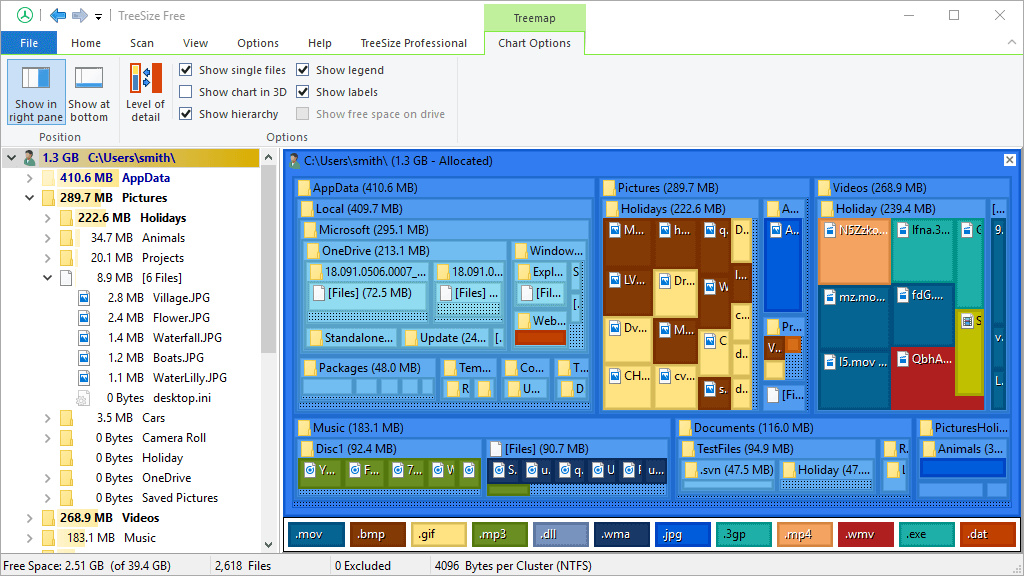

Deleting them reduced the size of this folder by 11.6 GB - a pretty substantial disk space reclamation. Note its size is 13.8 GB and the primary items shown are all restore points ranging from 3.1 to 2.5 GB in size. The next screenshot shows the “before” state for that folder. Why keep them if you don’t plan to use them ever again? Gone!

It’s the “after” shot, taken after I turned off restore points on my production PC and instructed the System Protection control panel widget to delete all existing restore points. The lead-in graphic for this story shows what a pared-down 2.2 GB SVI folder looks like. In this story, I’ll show both before and after screenshots (in reverse order). In the paragraphs that follow, I’m going to follow up on my January 13 “ restore point failure” story. TreeSize, OTOH, tells you quite a bit about where the space in that folder is going and can help guide at least one easy clean-up maneuver. Certainly, there’s no disputing that TreeSize offers valuable System Volume Information Insight.Īnd, in fact, WinDirStat doesn’t shed much light on the contents of the System Volume Information (SVI) folder found in every NTFS volume. But WinDirStat hasn’t been updated since 2016, and JAM is keeping up with TreeSize in all of its current manifestations. Both provide colorful, easy-to-read tree map diagrams for disk space consumption.

These days, in fact, I recommend TreeSize over the older Open Source WinDirStat project. For those disinclined to buy a full-blown copy, the TreeSize Free version (shown in this story’s screencaps) will suffice. The JAM Software program TreeSize is a great visualization tool for examining (and pruning) Windows disks.


 0 kommentar(er)
0 kommentar(er)
